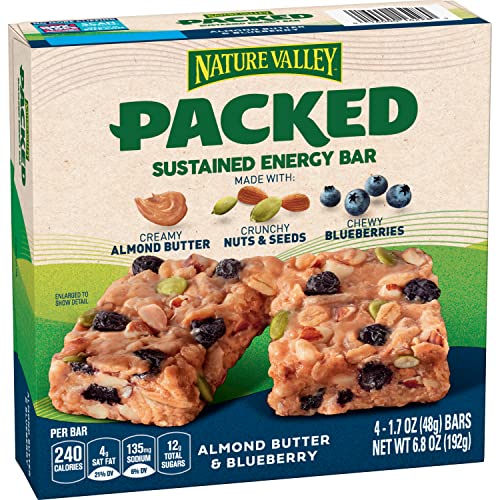
The Gut Microbiome and Babies
Published on Tuesday, July 12, 2022 by Emily HammDid you know that the gut microbiome begins to form just after birth?
Several factors influence how the gut microbiome is colonized:
- Birth gestational age (preterm vs term birth)
- Mode of delivery (vaginal vs cesarean birth)
- Method of feeding (breastfeeding vs formula feeding)
Preterm babies (babies born < 37 weeks) have a less diverse microbiota composition compared to full-term infants (babies born at 37 weeks and greater). Research has demonstrated that the below factors may result in a microbiota that is less diverse containing more pathogenic bacterium such as the Enterobacteriaceae family (Microorganisms, 2019):
- organ immaturity
- possible need for enteral nutrition (tube feeding)
- NICU stay
- antibiotic use
However, several studies have identified that preterm infants fed breast milk had increased colonization of beneficial gut bacteria and in turn had a decreased incidence of developing sepsis (the body’s life-threatening response to infection) and necrotizing enterocolitis (a serious intestinal disease that causes intestinal tissue death in premature infants).
This leads to the second factor in helping to develop the gut microbiome- breast milk. In fact, breast milk-fed babies have a higher prevalence of Bifidobacterium cells compared to formula-fed infants and they tend to also have a lower count of Clostridioides difficile (formerly known as Clostridium difficile) and Escherichia coli bacterium (Nurs Res., 2016).
We all hear the saying “breast is best” and I get that it is not always an option for mothers and babies. However, with improved science, formula companies are now able to produce infant formula that contains HMOs or Human milk oligosaccharides (Nutrients, 2020). These HMOs are prebiotics that mimics the mother’s milk and helps to produce a diverse gut microbiota in infants.
- So no worries if you have difficulty breastfeeding, you can find formulas that contain these special compounds. You can also check out donor breast milk banks to see about getting your baby breast milk.
Did you know at birth the infant's GI tract is completely sterile?
As a baby passes through the birth canal they collect bacteria from their mother. They also get additional bacteria from skin-to-skin contact. This is why a newborn’s gut microbiome closely reflects that of his/her mothers. Babies born via cesarean typically obtain bacteria from the hospital environment and mothers' skin which is less diverse and possibly more pathogenic. There have been several studies that associate cesarean birth with a higher risk of developing inflammatory bowel disease and other chronic immune disorders.
It is important to understand how the gut microbiome develops so there can be targeted approaches to help babies at a disadvantage achieve a diverse and healthy gut microbiome.
As mentioned above, giving either breast milk or HMO-fortified formula and skin-to-skin contact after birth are 2 ways to help increase a diverse microbiota which can improve overall health, therefore, preventing gut dysbiosis later in life (Front Immunol., 2021).
- This makes me wonder…. Should practitioners inquire about methods of feeding at delivery as well as antenatal care? These answers could correlate with the diagnosis of IBS and we aren’t regularly asking.
Leave a comment on this article:
-
Emily Hamm
MS, RDN, CSO, LD

Functional GI Disorders in Children: An Overview

Formula Thickener for Infants with Reflux

Exercise and the Gut Microbiome

Gluten-Free Strawberry Cream Cheese Shortbread Bars
RECIPE INSIDE
Introducing Solid Foods to Babies with Reflux: A Safe and Smooth Journey

7 Reflux-Friendly Snacks With Zero WW Points





